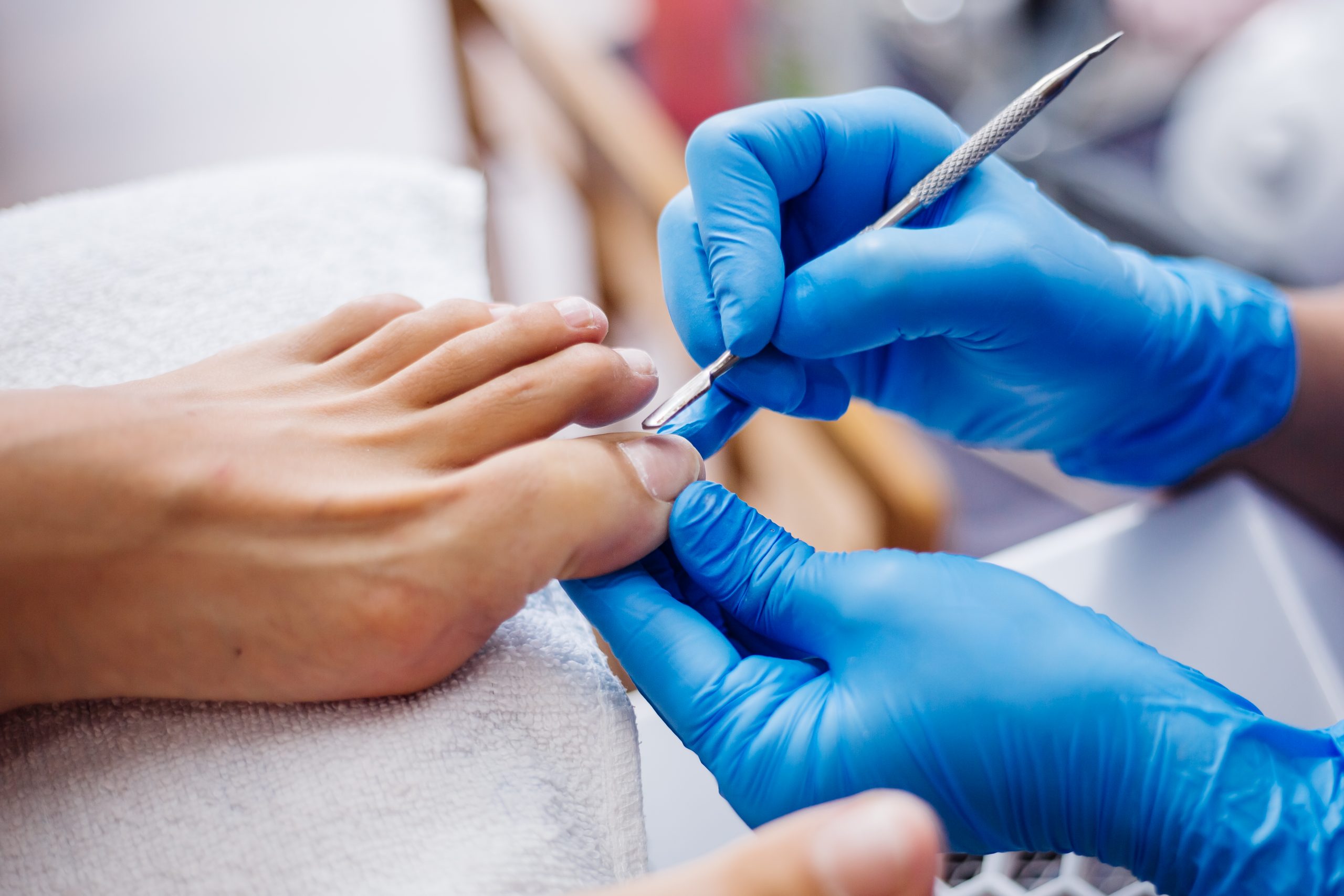
When it comes to foot health, there are often misconceptions and myths surrounding foot surgery. Whether you’re considering foot surgery in Chesham or seeking a foot specialist near you, it’s essential to have accurate information. This is because it is crucial to make informed decisions about your foot care. Thus in this blog, we will debunk common foot surgery myths, provide up-to-date statistics. We’ll also introduce you to Bucksfoot, a trusted foot specialist offering expert care. Keep reading to learn more.
Myth 1: Foot Surgery Is Always Painful and Risky
Fact: One of the most common misconceptions about surgery is that it is always associated with pain and risks. However, with advancements in medical technology and surgical techniques, surgery has become increasingly safe and less invasive. In fact, many foot procedures are performed on an outpatient basis, allowing for a quicker recovery time and minimal discomfort. According to recent statistics, the success rate of foot surgeries has significantly increased, providing patients with long-term relief from various foot conditions.
Myth 2: Foot Surgery Is the Only Solution for Foot Problems
Fact: While surgery may be necessary for certain conditions, it is not always the first or only solution. A qualified foot specialist, such as Bucksfoot, will explore non-surgical treatments and conservative approaches before recommending surgery. They will assess your specific foot condition, provide a comprehensive diagnosis, and develop a personalised treatment plan tailored to your needs. From orthotic devices and physical therapy to medication and lifestyle modifications, various non-surgical options can effectively manage and improve many foot problems.
Myth 3: Recovery from Foot Surgery Takes Forever
Fact: Another common misconception is that recovery from surgery is a long and arduous process. While each case is unique, advancements in surgical techniques and post-operative care have significantly reduced recovery times. With proper guidance from your foot specialist and adherence to the recommended post-operative instructions, you can expect a smoother and faster recovery. Physical therapy, exercises, and gradual weight-bearing activities are essential components of the recovery process and can help regain mobility and function.
Myth 4: Any Podiatrist Can Perform Foot Surgery
Fact: Surgery requires specialised knowledge and expertise. It is crucial to seek a qualified and experienced foot specialist for any surgical procedures related to your feet. Bucksfoot, a reputable foot specialist in Chesham, has a team of highly skilled podiatrists who are trained in advanced foot surgical techniques. They have extensive experience in diagnosing and treating various foot conditions, ensuring that you receive the highest standard of care throughout your Surgery journey.
Myth 5: Foot surgery is expensive and not covered by insurance.
Fact: The cost of surgery can vary depending on the specific procedure and individual circumstances. However, health insurance plans often cover many foot surgeries. It is advisable to consult with your insurance provider and foot specialist to understand the coverage options and associated costs.
Myth 6: Foot surgery is only for severe conditions and injuries.
Fact: Foot surgery is not limited to severe cases; it can address a wide range of foot conditions. In fact, according to data from the National Health Service (NHS), surgery is performed for various conditions, including bunions, hammertoes, plantar fasciitis, and neuromas, with over 60,000 foot surgeries performed annually in the UK.
Myth 7: Foot surgery results are temporary, and the condition may recur.
Fact: Surgery aims to address the underlying cause of foot problems, providing long-lasting results. According to a recent survey conducted by the American Orthopaedic Foot & Ankle Society (AOFAS), more than 90% of patients reported a significant improvement in their foot condition post-surgery, with a recurrence rate as low as 10%.
Unveiling the Expertise of Bucksfoot: Your Specialist for Foot Surgery in Chesham
Bucksfoot’s professional foot specialists near you, are here to provide foot care tailor-made to your specific needs. With a team of highly skilled podiatrists, Bucksfoot offers comprehensive foot evaluations, accurate diagnoses, and personalised treatment plans. As a reputable foot specialist near you, Bucksfoot combines years of expertise with advanced medical technology to ensure the highest standard of care. Whether you’re seeking relief from foot pain, require specialised treatments, or need guidance on foot options, Bucksfoot’s got you. And we’re here to support you on your journey to optimal foot health. So trust us, your go-to specialist for foot in Chesham, for all your foot care needs.
Conclusion
To summarise, don’t let myths and misconceptions deter you from seeking the care you need for your foot problems. Moreover, with Bucksfoot, a trusted foot specialist near you, you can receive expert foot care. Also, we’re here to help you debunk the myths surrounding surgery in Chesham and spread awareness. Thus, by choosing an experienced foot specialist and exploring all options, you can find the most effective treatment plan for your foot condition. So take the first step towards healthier feet by scheduling a consultation with Bucksfoot, your reliable partner in foot care. Visit our website to learn more.




Recent Comments